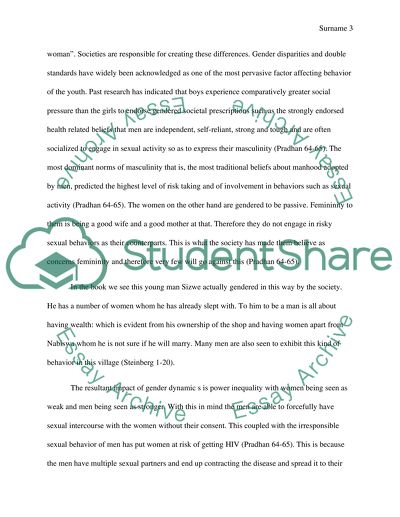Cite this document
(“Cultural Factors and Interventions for HIV Treatment Essay”, n.d.)
Retrieved from https://studentshare.org/health-sciences-medicine/1439461-sizwe-s-test-a-young-man-s-journey-through-africa
Retrieved from https://studentshare.org/health-sciences-medicine/1439461-sizwe-s-test-a-young-man-s-journey-through-africa
(Cultural Factors and Interventions for HIV Treatment Essay)
https://studentshare.org/health-sciences-medicine/1439461-sizwe-s-test-a-young-man-s-journey-through-africa.
https://studentshare.org/health-sciences-medicine/1439461-sizwe-s-test-a-young-man-s-journey-through-africa.
“Cultural Factors and Interventions for HIV Treatment Essay”, n.d. https://studentshare.org/health-sciences-medicine/1439461-sizwe-s-test-a-young-man-s-journey-through-africa.


